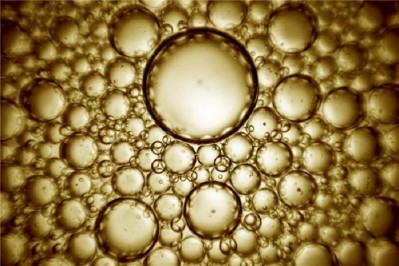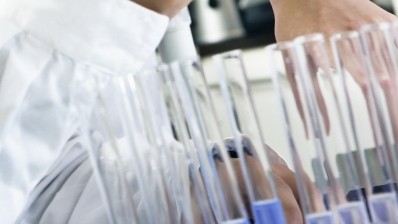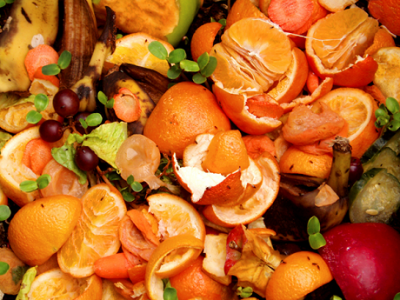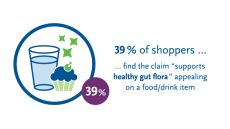Slashing the fat: Study backs hydrogel particles for low calorie food applications
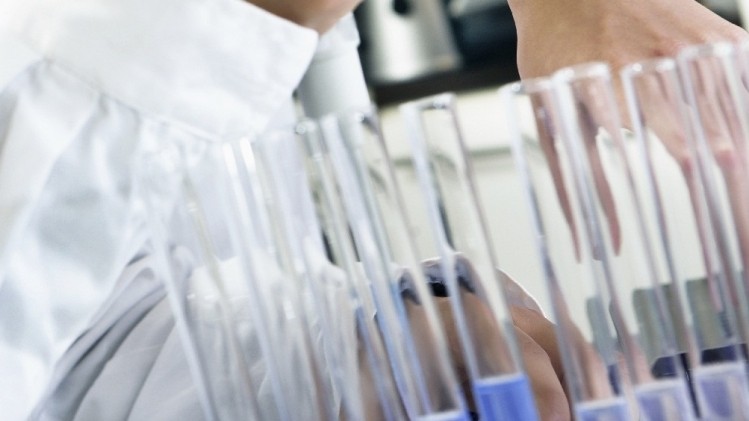
The new study, published in Innovative Food Science & Emerging Technologies, cited increasing consumer awareness of the link between high calorie diets and human health as a catalyst for food industry action to develop reduced calorie, and reduced fat versions of many food products.
However the US-based researchers – led by Professor David Julian McClements from the University of Massachusetts, in collaboration with ConAgra foods – noted that many emulsion-based food products such as sauces, dressings and deserts have relatively high calorie contents “and therefore there has been a focus on developing effective strategies to reduce the calorie content of these products.”
“Hydrogel particles have potential for the formulation of reduced calorie food products due to their ability to modulate the texture, appearance, flavour, and stability of emulsion-based products,” explained McClements and his colleagues. “This study demonstrated that oil-filled hydrogel particles could be fabricated from mixtures of fat droplets, caseinate, and pectin using a relatively straightforward method.”
The team found that these hydrogel particles increased the lightness and viscosity of aqueous solutions, “and may therefore be useful for replacing fat droplets or starch granules in reduced calorie products.”
Study details
McClements and his team used a controlled phase separation of biopolymer mixtures to form oil-filled hydrogel particles suitable for use in food products.
The filled hydrogel particles were fabricated from fat droplets (0 to 1%), sodium caseinate (1.5 to 3%) and high-methoxy pectin (1.5 to 3%) mixtures (pH 5) using two different approaches: multistep and simple methods.
The oil-filled hydrogel particles were spheroid in shape, with mean particle diameters (d43) around 10 micro metres (um).
“They consisted of fat droplets trapped within caseinate-rich hydrogel particles that were dispersed within a pectin-rich phase,” explained the researchers. “The simple method involved mixing all the components together at pH 7 and then adjusting to pH 5.”
The team found that the hydrogel particles increased the lightness and viscosity of aqueous solutions – adding that they may therefore be suitable to replace fat droplets or starch granules in reduced calorie products.
“This simpler method may be more suitable for the practical application of this technology in the food industry, which could lead to the development of reduced calorie food products with improved quality attributes.
Source: Innovative Food Science & Emerging Technologies
Published online ahead of print, doi: 10.1016/j.ifset.2013.08.006
“Oil-Filled Hydrogel Particles for Reduced-Fat Food Applications: Fabrication, Characterization, and Properties”
Authors: Cheryl Chung, Brian Degner, Eric Andrew Decker, David Julian McClements

